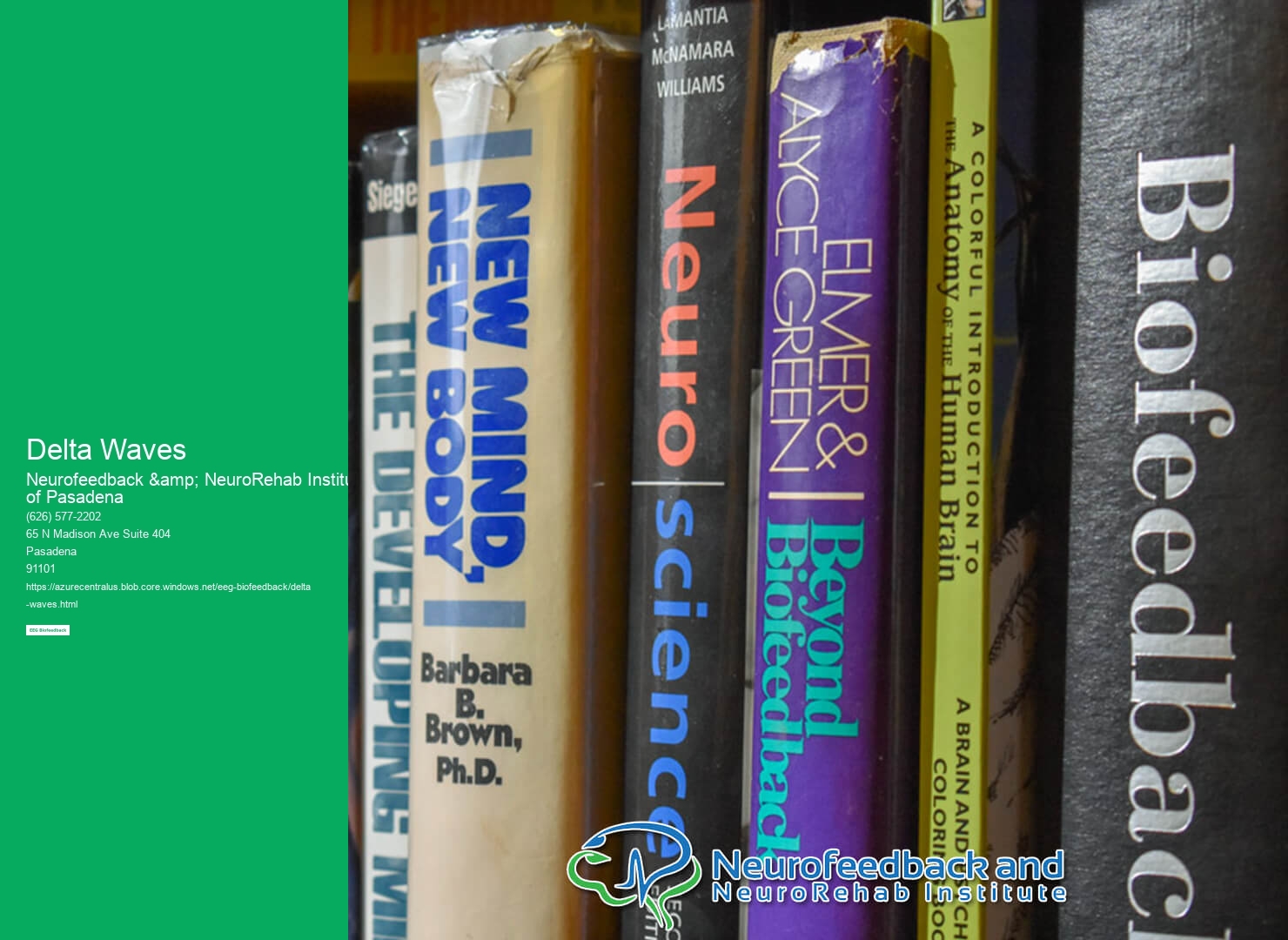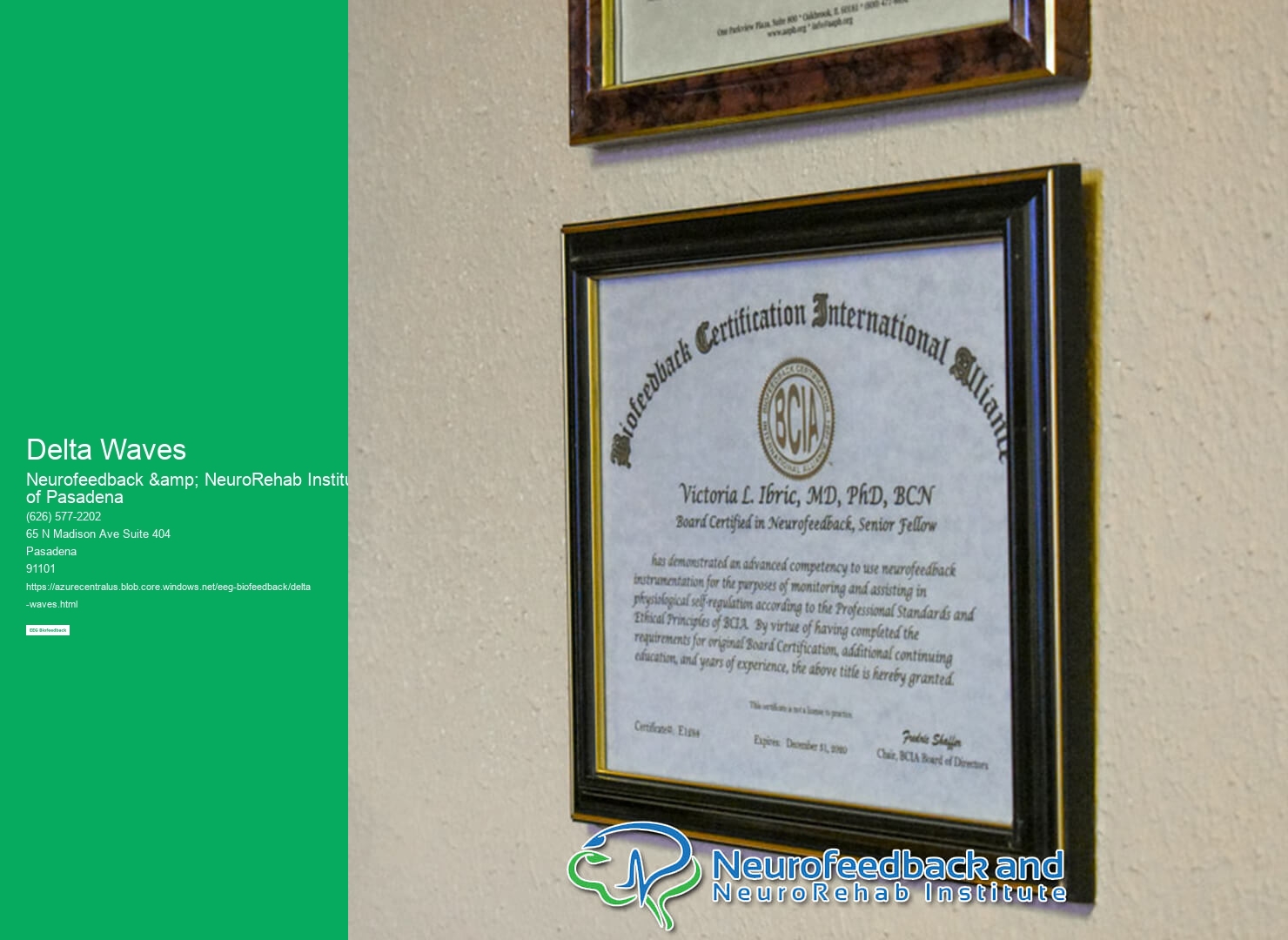

Delta waves are a type of brain wave that are associated with deep sleep and unconsciousness. They are the slowest and highest amplitude brain waves, typically ranging from 0.5 to 4 Hz. Delta waves are generated in the thalamus and cortex of the brain and are often seen during stages 3 and 4 of non-REM sleep. They are believed to play a role in the restorative functions of sleep, such as tissue repair and memory consolidation. Delta waves are also present in certain meditative states and can be measured using an electroencephalogram (EEG).
Delta waves differ from other types of brain waves, such as alpha or beta waves, in terms of their frequency and amplitude. Alpha waves, for example, have a frequency range of 8 to 12 Hz and are associated with relaxed wakefulness. Beta waves, on the other hand, have a frequency range of 12 to 30 Hz and are associated with active thinking and concentration. Delta waves, with their slow frequency range of 0.5 to 4 Hz, are much slower than alpha or beta waves. Additionally, delta waves have the highest amplitude, meaning they have the largest peaks and valleys on an EEG.
Increasing delta wave activity in the brain has been associated with several potential benefits. One of the main benefits is improved sleep quality. Delta waves are most prominent during deep sleep, and increasing their activity can help promote a more restful and rejuvenating sleep. Delta wave stimulation has also been linked to enhanced memory consolidation and learning. Some studies suggest that increasing delta wave activity may help improve cognitive function and attention. Additionally, delta waves are associated with a state of deep relaxation, which can help reduce stress and promote overall well-being.

Yes, delta waves can be used to improve sleep quality and promote deep relaxation. There are various techniques and practices that can help stimulate delta wave production in the brain. One method is through the use of binaural beats, which involve listening to two slightly different frequencies in each ear. This creates a third frequency in the brain, which can help entrain the brain to produce more delta waves. Another technique is through meditation and mindfulness practices. By calming the mind and entering a state of deep relaxation, it is possible to increase delta wave activity naturally. Additionally, certain types of music, such as slow and soothing instrumental tracks, can also help promote delta wave production.
There are several techniques and practices that can help stimulate delta wave production in the brain. One method is through the use of binaural beats, which involve listening to two slightly different frequencies in each ear. This creates a third frequency in the brain, which can help entrain the brain to produce more delta waves. Another technique is through meditation and mindfulness practices. By calming the mind and entering a state of deep relaxation, it is possible to increase delta wave activity naturally. Additionally, certain types of music, such as slow and soothing instrumental tracks, can also help promote delta wave production.


While increasing delta wave activity in the brain can have many benefits, it is important to note that excessive delta wave activity may not be desirable in certain situations. For example, individuals with certain sleep disorders, such as sleep apnea, may already have an overabundance of delta waves during sleep. In these cases, increasing delta wave activity further may exacerbate the symptoms of the sleep disorder. Additionally, individuals with epilepsy or a history of seizures should exercise caution when attempting to stimulate delta wave production, as it may trigger seizure activity. It is always recommended to consult with a healthcare professional before attempting any techniques or practices to increase delta wave activity.
Delta wave entrainment can be used to enhance meditation or promote a state of deep relaxation. By listening to binaural beats or other forms of audio stimulation that target the delta frequency range, individuals can help entrain their brain to produce more delta waves. This can deepen the meditative state and promote a sense of calm and tranquility. Delta wave entrainment can also be used as a tool for stress reduction and anxiety management. By inducing a state of deep relaxation, it can help individuals let go of tension and promote a sense of overall well-being. It is important to note that delta wave entrainment should be used in a safe and controlled manner, and individuals should always listen to their body and adjust the intensity or duration of the entrainment as needed.

Individuals with sleep disorders can indeed benefit from EEG biofeedback interventions. EEG biofeedback, also known as neurofeedback, is a non-invasive technique that uses real-time monitoring of brainwave activity to train individuals to self-regulate their brain function. By providing individuals with real-time feedback on their brainwave patterns, EEG biofeedback helps them learn to modify their brain activity and improve their sleep quality. This intervention has been shown to be effective in treating various sleep disorders, such as insomnia, sleep apnea, and restless leg syndrome. Through repeated sessions of EEG biofeedback, individuals can learn to achieve a more balanced and optimal brainwave pattern during sleep, leading to improved sleep quality and overall well-being.
EEG biofeedback, also known as neurofeedback, has shown promise in workplace settings for stress reduction and performance improvement. By measuring and providing feedback on brainwave activity, individuals can learn to self-regulate their brain function and achieve a state of optimal performance. This non-invasive technique has been used to address a range of workplace challenges, including stress management, attention deficits, and anxiety. Through the use of specialized equipment and training protocols, employees can learn to recognize and modify their brainwave patterns, leading to improved focus, productivity, and overall well-being. EEG biofeedback has the potential to be a valuable tool in promoting a healthy and productive work environment.
There are indeed specific EEG biofeedback protocols that have been developed for the purpose of improving memory and cognition. These protocols typically involve training individuals to regulate their brainwave activity in specific frequency bands that are associated with memory and cognitive processes. For example, one common protocol is called alpha-theta training, which involves increasing the amount of alpha and theta brainwave activity, as these frequencies have been linked to enhanced memory and creativity. Another protocol is called SMR training, which focuses on increasing sensorimotor rhythm activity, as this has been associated with improved attention and focus. These protocols often involve the use of neurofeedback software and equipment to provide real-time feedback to the individual, allowing them to learn how to self-regulate their brainwave activity and improve their memory and cognitive functioning.
Cognitive tasks that are commonly incorporated into EEG biofeedback protocols encompass a wide range of mental activities aimed at enhancing cognitive functioning. These tasks often involve attention, memory, executive functions, and information processing. Attention-based tasks may include sustained attention tasks, where individuals are required to maintain focus on a specific stimulus for an extended period of time. Memory tasks may involve working memory exercises, where individuals are asked to remember and manipulate information in their mind. Executive function tasks may include tasks that require individuals to plan, organize, and problem-solve. Information processing tasks may involve tasks that require individuals to process and respond to stimuli in a timely manner. By incorporating these various cognitive tasks into EEG biofeedback protocols, individuals can improve their cognitive abilities and enhance their overall mental performance.
Peak alpha frequency assessment is a valuable tool in understanding cognitive states due to its ability to provide insights into the functioning of the brain. By measuring the frequency at which alpha waves are most prominent, researchers can gain information about an individual's attention, relaxation, and overall cognitive performance. This assessment is particularly significant because alpha waves are associated with a relaxed and focused state of mind. Therefore, by analyzing the peak alpha frequency, researchers can determine the level of cognitive engagement and mental clarity experienced by an individual. This information can be used to assess cognitive states in various contexts, such as evaluating the effectiveness of cognitive training programs, monitoring changes in cognitive function over time, and identifying potential cognitive impairments. Overall, peak alpha frequency assessment offers a valuable and objective measure of cognitive states, providing valuable insights into the functioning of the brain.
There are several types of software commonly used for implementing EEG biofeedback protocols. One popular option is Neurofeedback software, which allows for real-time monitoring and analysis of brainwave activity. This software often includes features such as customizable protocols, data visualization tools, and the ability to track progress over time. Another commonly used software is Biofeedback software, which focuses on providing feedback on physiological signals such as heart rate, skin conductance, and muscle tension. This type of software can be used in conjunction with EEG biofeedback to provide a more comprehensive approach to training and monitoring. Additionally, there are specialized software programs designed specifically for certain applications, such as neurofeedback for ADHD or meditation training. These programs often include tailored protocols and exercises to address specific needs and goals. Overall, the choice of software will depend on the specific requirements of the EEG biofeedback protocol and the goals of the user or clinician.
Z-score training is a technique used in EEG biofeedback sessions to help individuals regulate their brain activity. It involves the use of statistical analysis to compare an individual's brainwave patterns to a normative database. The Z-score is a measure of how far a particular brainwave value deviates from the average value in the database. During training, the individual is provided with real-time feedback on their brainwave activity, typically in the form of visual or auditory cues. The goal is to teach the individual to self-regulate their brainwave activity and bring it within the desired range. This can be achieved through various techniques, such as relaxation exercises, cognitive strategies, and mental imagery. Z-score training has been found to be effective in addressing a range of conditions, including attention deficit hyperactivity disorder (ADHD), anxiety, and depression.